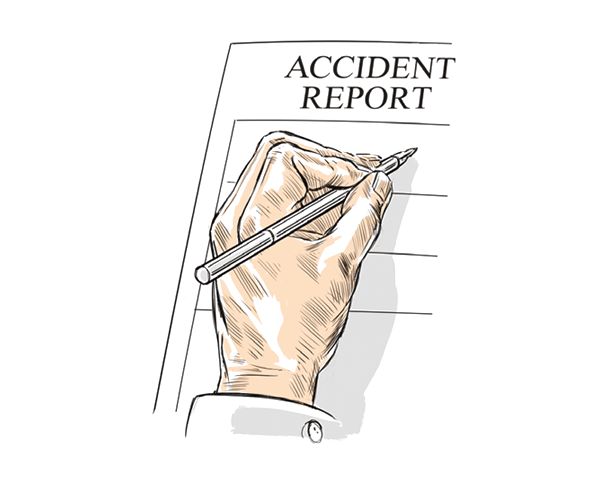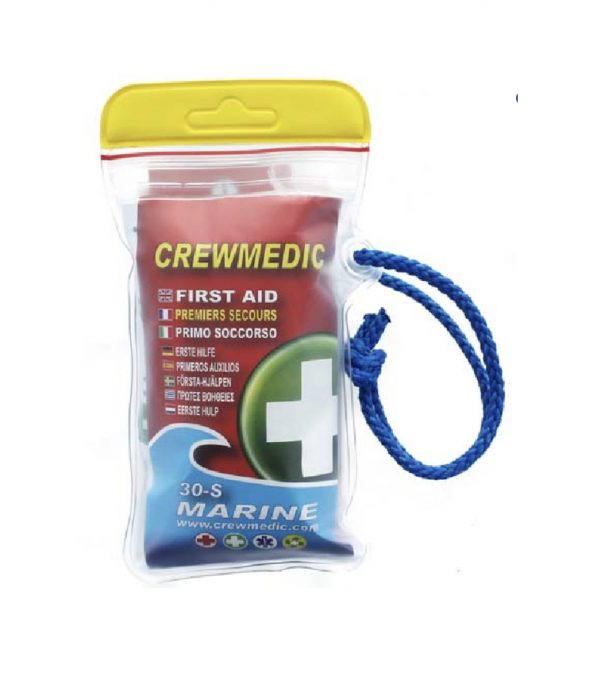Small margins
Wag-A-Bond
C-GKGX
Barron Lake, Quebec
Injuries: One fatal
A Wag-A-Bond amateur-built aircraft took off from the frozen Barron Lake, near the municipality of Gore, Quebec.
The pilot was going to meet one of the aircraft’s co-owners to conduct other flights during the day. When the aircraft took off from the frozen surface of the lake, westbound, the flaps were set to 40°. The aircraft climbed to nearly 50ft agl, close to the north shore of the lake, and began turning left with the flaps still at 40°. The aircraft entered a spin to the left and struck the surface of the lake in a near-vertical attitude.
Comment For me, the most informative aspect of this inquiry is contained in two footnotes. First, “The maximum flap setting is 40°. This setting was used to make the take-off on snow easier. On some aircraft, such as the Piper PA-18, this setting is also used as a short field take-off technique”, and second, “The pilot would have begun turning left to distance himself from the shore and conduct his climb in the centre of the lake to reduce the noise level for lakeside residents”.
This procedure was part of an agreement between the aircraft’s co-owners. Of course, neither of these elements in themselves caused the accident but when combined they had the potential to erode safety margins significantly. The difficult bit for all of us is knowing when the procedures we follow reduce those margins by too much… which is especially difficult to spot when the consequences of each are cumulative.
Hedge trimmer!
Head AX8-88B Hot air balloon
G-TIMX
Welton, Daventry, Northamptonshire
Injuries: One serious
The eastern side of the landing field was bounded by a hedgerow and the pilot decided to allow the balloon basket to make contact with this to reduce the ground speed for touchdown. There were fence posts embedded in the hedge which were not visible to the pilot.
He reduced the height of the balloon to bring the basket level with the top of the hedge and made contact as he intended. One passenger described the impact with the hedge as ‘hard’ and believed it dislodged her from the brace position. As a result, the passenger did not believe she was in the planned brace position when the basket struck the ground.
The wind then carried the balloon past the hedge pulling the basket clear and it dropped approximately one metre into the field. The pilot described the touchdown as a ‘small bump on the landing which is normal and expected with the wind conditions’.
During touchdown the basket fell onto its side and the balloon then deflated normally. During the landing one passenger suffered a serious lower leg injury. The British Balloon and Airship Club (BBAC) Pilot Training Manual contains a chapter on technique for landing at speeds above 8kt. It recommends bringing the balloon very low across the landing field so that there is little or no vertical velocity then opening the balloon rip panels to release hot air and so rapidly reduce buoyancy.
The balloon basket should then slow down rapidly due to friction with the ground. The manual does not suggest using a planned collision with trees or hedges to reduce touchdown speed. This technique is, however, widely discussed and accepted amongst the hot air balloon community.
Comment Using an ‘unapproved’ technique can be fraught with danger especially where the particular technique has evolved over many decades and is the distillation of many and often painful lessons learned.
I’m not a balloonist so I pass no opinion on this particular incident but it is a reminder to be wary when diverging from adopted practice.
Blinded by the light!
Piper PA-28-161
N8436T
Nantucket, Massachusetts
Injuries: None
At the conclusion of a visual flight rules flight, the pilot completed a practice instrument approach to the runway. When he decoupled the autopilot at the conclusion of the approach, he looked up and was momentarily blinded by the setting sun. When he regained sight, the aeroplane had drifted to the right of the runway centreline.
The tower controller then advised him to execute a go-around, and the pilot added full power and held the nose level to gain airspeed before climbing.
The aeroplane subsequently struck a construction barricade on a closed taxiway. The pilot continued around the airport traffic pattern and made a normal landing. As a result of the impact with the barrier, the aeroplane’s right wing was substantially damaged.
Comment It is fast approaching that time of year again when low sun angles cause problems landing on our mostly east/west facing runways. If things get difficult, ‘going around’ is usually the best option but it does take time and height to do so.
This was, however, a practice instrument approach and blinding sunlight is seldom an issue when transitioning to the visual environment at the end of a normal instrument approach.
Doubtless the pilot presumed he would see the runway in what was evidently VMC. This not being the case, provides a good reminder that a decision to continue with an approach visually still needs to be made at the appropriate decision height.
From bad to worse
Piper PA32R
N3445Q
Kimberling City, Missouri
Injuries: Two serious
The pilot reported that he moved the aeroplane out of the hangar using a tow bar and his personal vehicle. The pilot added that he did not remove the tow bar from the aeroplane.
The pilot and passenger then departed on a cross-country flight. Witnesses at the airport notified the pilot by radio that the tow bar was still attached. The pilot then entered the traffic pattern to land at the airport. During the approach the tow bar, which was hanging from the aeroplane’s nose wheel, impacted and got entangled in trees. The aeroplane then impacted ground objects and terrain. A post-crash fire ensued and destroyed the aeroplane.
The pilot added that he did not know why he got so low on the approach to the airport.
Comment This is a sad example of bad things only getting worse. I suspect the towing arm was quite substantial as it was combined with the pilot’s vehicle to move the aircraft. Nonetheless, the sequence of events that followed appears out of proportion to what might have been expected. We all feel flustered and angry with ourselves when we do something we consider stupid but not letting it get in the way of flying the aeroplane safely is really important and for many of us takes some learning.
In most instances, however, there is no rush to get back on the ground. Taking a bit of time to think through the various scenarios, getting emotions back under control and planning carefully for the landing is invariably the best course of action.
Boat, not an aircraft…
Cessna 185
N185SZ
Palmer, Alaska
Injuries: None
The pilot reported that at the time of the accident he was practicing a water ski manoeuvre on the open waters of a remote river in his tailwheel-equipped aeroplane. The water ski manoeuvre involves the aeroplane’s main wheels touching the surface of the water while maintaining flying speed. The pilot added that while maintaining about 90kt indicated airspeed, with the main landing gear wheels water-skiing across the surface of the water, he recognised that there was additional drag being placed on the wheels, and the airspeed began to decay. In response, he added engine power, but the airspeed continued to rapidly decay, and the main wheels subsequently settled into the water, and the aeroplane nosed over, sustaining substantial damage to the wings and engine mounts.
Comment No kidding! I am guessing there is a bit of a market for video clips of this sort of thing although there must surely be safer ways of proving one’s piloting prowess. Whatever the reason: “Do not try this at home”!







